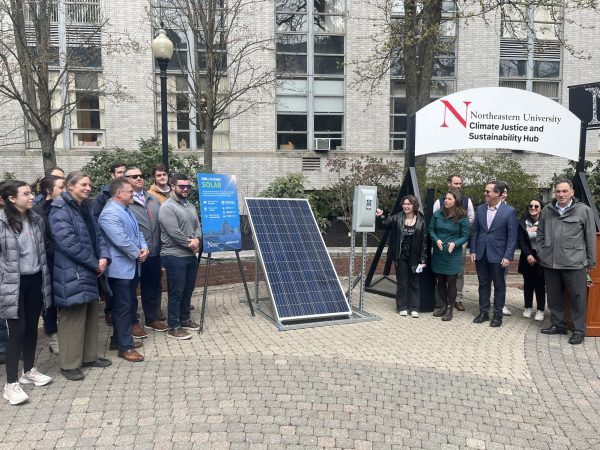Op-ed: Trans joining the military isn’t a problem
Rejecting transgender military members because of their identities is not just wrong, it denies their right to express who they are.
February 6, 2019
On July 26, 2017, President Donald J. Trump tweeted, “After consultation with my Generals and military experts, please be advised that the United States Government will not accept or allow Transgender individuals to serve in any capacity in the U.S. Military. Our military must be focused on decisive and overwhelming victory and cannot be burdened with the tremendous costs and disruption that transgender in the military would entail. Thank you.”
Fast forward to Jan. 22, 2019: the Supreme Court voted 5-4 to allow the Trump administration to put this transgender military ban into effect while the case is debated in lower courts.
What exactly does this ban entail? How much do transgender members of the military cost our government?
Let’s start from the top. Until the Obama administration, service members could be discharged from the military for openly identifying as transgender. In 2016, Obama declared transgender service members could be open about their identity without putting their military service on the line.
On July 1, 2017, individuals who were openly transgender could enlist. However, that date continued to be delayed under the Trump administration, which insisted the issue needed to be further researched. Thus, we arrive at the extraordinary repercussions of Trump’s decision to roll back Obama’s policy.
If put into effect, the policy will permit current transgender service members to continue serving. However, it prohibits transgender individuals from enlisting into the military unless they are willing to serve as the sex they are biologically assigned to. However, the main difference between the service of men and women in the military is just their grooming and appearance standards.
More than 15,000 transgender individuals serve in the military, while Trump and his military experts — which the administration has chosen not to identify — suggest transgender service members are gnawing away at the U.S. Defense budget. But a study by the RAND Corporation in 2016, “Assessing the Implications of Allowing Transgender Personnel to Serve Openly,” disproves Trump’s claims. According to Forbes’s analysis of the study, the group found “the cost of gender-related care for transgender service members would be $2.4 to $8.4 million annually, out of Defense Department healthcare expenditures of $49.3 billion.”
I understand that $8.4 million is a lot of money, but when it is out of nearly $50 billion, it only accounts for .0168 percent of the budget.
From the research, or the many anecdotes by transgender service members featured on multiple episodes of Ellen, I hope you as a reader, and a voter, see the point.
To reject a potential military member because of the person’s identity is not just wrong, it denies their right to express who they are. These individuals are being denied from serving as the gender they mentally and emotionally exist as, and it is disheartening. Even if the administration makes it an option to serve as your biological gender, for most transgender individuals, that isn’t even a choice; it is a discriminatory insult to their identity.


















